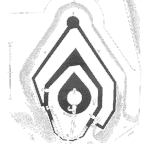
Software elements of a product or system take time to create. Thus re-using blocks of code developed for previous applications may save on development time. [Read more…]
Your Reliability Engineering Professional Development Site
Prep notes for ASQ Certified Reliability Engineer exam ISSN 2165-8633
The idea of the CRE Preparation Notes series is to provide you short practical tutorials on all the elements that make up the ASQ CRE body of knowledge. The articles provide introductionary material, basics, how-to’s, examples, and practical use guidance for the full range of reliability engineering concepts, terms, tools, and practices.
Keep your knowledge fresh with regular review of topics and tools that make up reliability engineering.
Sign up for the CRE Preparation Notes email list to receive weekly reliability engineering short tutorials.
- Improve your reliability engineering skills
- Learn about the wide range of tools available
- Enhance your resume with the ASQ CRE
You will find the most recent tutorials in reverse chronological order below. Below each article is the section and specific clause of the CRE Body of Knowledge that tutorial addresses. Click on those tags to find other articles on the same topic. To the right on the sidebar, there is a listing of the 7 major categories in the body of knowledge - it's a quick way to find groups of articles on each specific area. You can also use the search function to locate articles, podcasts, or tutorials on specific topics.
by Fred Schenkelberg Leave a Comment

Software elements of a product or system take time to create. Thus re-using blocks of code developed for previous applications may save on development time. [Read more…]
by Fred Schenkelberg Leave a Comment
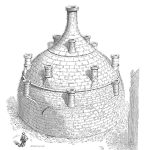
A fault tree analysis (FTA) is a logical, graphical diagram that starts with an unwanted, undesirable, or anomalous state of a system.
The diagram then lays out the many possible faults and combination of faults within the subsystems, components, assemblies, software, and parts comprising the system which may lead to the top level unwanted fault condition. [Read more…]
by Fred Schenkelberg Leave a Comment
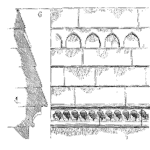
Physical products are made up of materials.
The materials including metals, polymers, adhesives, and many others experience loads and stresses during assembly, transport, storage, and use.
Selecting the right materials such that they both meet the needs of the customer and are sufficiently reliable relies on understanding how the material will respond to the applied stresses over time.
As with parts selection, one way to determine if a material is suitable for your application and end use is to monitor the material’s performance over time in your products. The trouble is it also transfers the risk of failure (the unknown risk of failure) to the customer.
In many cases this is unacceptable. [Read more…]
by Fred Schenkelberg 1 Comment

A product or system may fail for many different reasons.
One cause is a faulty part. A component is susceptible to failure when either improperly used in the design or is a damaged or flawed component. [Read more…]
by Fred Schenkelberg 1 Comment
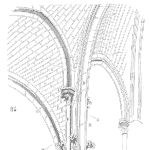
When products were crafted one at a time, the design and manufacturing process was often done by the same person. The craftsman would design and build a chest of drawers or carriage.
Some trades would employ apprentices to learn the craft, which included design. Larger projects may include an architect or lead designer along with a team of engineers.
Yet the shop or site for the railroad engineer or bridge was not far allowing close communication between the ironsmith and design team. [Read more…]
by Fred Schenkelberg Leave a Comment
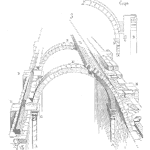
I’ve often said, “reliability occurs at the point of decision.”
At the point of design during the design process. At each and every decision.
The design team of engineers establishes the bulk of the reliability capability early in the design process. The team’s decisions about materials or shape, concerning inventions or outsourcing, about how and where to build the product, and many more decisions impact the final product’s reliability performance.
Reliability is designed into the product right from the start. [Read more…]
by Fred Schenkelberg Leave a Comment

Let’s start by understanding the difference between engineers and engineering designers.
The work we do as reliability engineers may require a different approach when working with these different types of engineers. [Read more…]
by Fred Schenkelberg Leave a Comment
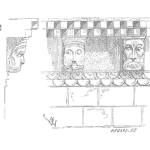
The ability to assemble a system to meet the functional requirements is constrained by the design, the materials, and the tolerances.
Some designs are impossible to assembly. While other designs take little effort to build. The discipline of design for assembly, DFA, applied during the design process can enhance the manufacturing process. [Read more…]
by Fred Schenkelberg 2 Comments
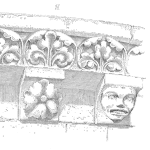
People build, transport, use, maintain and dispose of equipment or products.
Thus the creation of these items should include consideration of the humans involved. In order to fully benefit from the functional capability of an item or system, we, as humans, have to interact with an item’s interface, displays, sounds, etc.
Whether a smartphone or bottling machine, the ability to provide commands or direction, the ability to recognize and understand responses, and the ability to correctly identify faults or outputs all combine to permit humans to place calls or fill juice bottles.
It is in the design stage that the elements of a piece of equipment (hardware or software) thwart or enable efficient human interaction. [Read more…]
by Fred Schenkelberg Leave a Comment
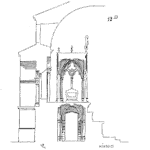
In 1968 NASA explored where machines and humans would best achieve tasks primarily during space missions. Many of the findings are true today, and in some areas, the differences are blurring.
Machines created by humans continue to improve and take on complex tasks, that once only humans could do. For example, parking a car, now a feature of newer car models. Autonomous driving is happening and continuing to improve. The ability to reason, to foresee and evaluate risks, once thought to be strictly in the domain of human capability is now being done by machines. [Read more…]
by Fred Schenkelberg 6 Comments
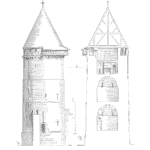
Just back from a trip to Patagonia and catching up with emails and writing this morning. Posting an article for this list is due today along with a touch of travel weariness, decided to share a part of a question received concerning data analysis.
My thought is to post an actual question one of our peers is facing, and meet the deadline for this post. [Read more…]
by Fred Schenkelberg Leave a Comment
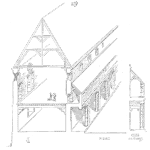
If a human is going to build, install, monitor, use, operate, repair, or dismantle, then the design team must consider human factors.
According to Wikipedia
Ergonomics (or human factors) is the scientific discipline concerned with the understanding of interactions among humans and other elements of a system, and the profession that applies theory, principles, data and methods to design in order to optimize human well-being and overall system performance.
by Fred Schenkelberg Leave a Comment
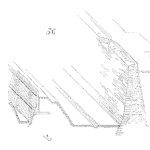
Maintaining high reliability or availability is a marked advantage for any system. A system that achieves the ability to avoid system downtime due to a single failure event, is essential in many applications. Yet, the fault tolerant capability comes at a price.
A system that achieves the ability to avoid system downtime due to a single failure event, is essential in many applications. Yet, the fault tolerant capability comes at a price.
Here is a short list and brief description of fault tolerant design disadvantages:
The nature of a fault tolerance design is to continue to operate normally even with a component failure.
Thus if the ability to detect a component failure relies on a loss of function or capability, it may be difficult to detect the failure. This sets the stage for a second component failure to cause a system downing event. [Read more…]
by Fred Schenkelberg Leave a Comment
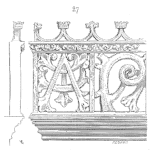
In the article, Hypothesis Tests for Proportion, the comparison is between a given value and the sample. In this case, let’s compare two populations. We take a sample which provides a proportion representing each population and determines if the populations are different from each other based on the two samples.
The exact solution uses the Binomial distribution, yet when np and 1 – np are greater than 5, then we can use a normal approximation for the test statistic and critical value. [Read more…]
by Fred Schenkelberg Leave a Comment
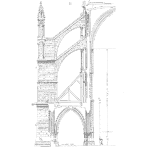
In the previous article, What is Reliability Optimization, we defined the concept. One of the elements of optimization is identifying which elements of a system to focus improvement efforts on.
Simply improving every element of a design may provide an overall improvement of reliability performance.
Given constraints such as time or funding, selecting the specific few elements that would provide the most improvement is key. [Read more…]